1. Salted Pork
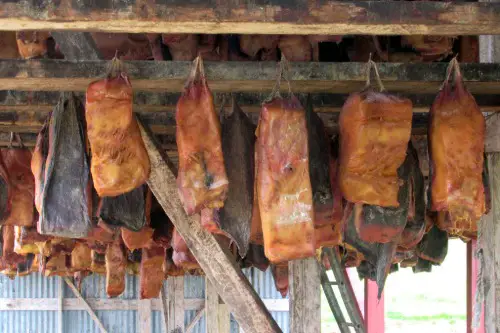
Salted pork was a staple for pioneers because of its long shelf life, according to Alta Journal. It was one of the primary sources of protein that could endure the months-long journey without refrigeration. Salted pork was packed tightly, and the salt preserved it during the hot, dry climate. The high fat content helped provide the energy that travelers desperately needed, especially when they had limited access to fresh food.
However, eating salted pork came with some challenges. The salt could lead to dehydration, which was a significant concern on the trail, especially as water sources became scarcer. Because of the heavy salt content, pioneers often had to soak the meat in water to reduce its saltiness before eating it. While it wasn’t the most appetizing choice, it was crucial for survival and provided the necessary calories during the difficult months on the trail.
2. Hardtack

Hardtack, also known as “hardtack crackers,” was the ultimate trail food for its durability, according to the Job Carr Cabin Museum. Made primarily of flour, water, and salt, these dry biscuits were baked hard to avoid spoiling. Once baked, hardtack could last for months, even years, making it an ideal option for the long journey west. Hardtack provided a basic form of sustenance and could be carried easily in large quantities, often in wagon boxes.
But while hardtack was practical, it wasn’t the most pleasant meal. The dry, crunchy texture made it difficult to chew, and it often needed to be softened with water or stew before it could be eaten. Hardtack was sometimes referred to as “tooth dullers” because of its extreme hardness. Despite its lack of flavor, it served as a necessary source of carbohydrates for travelers who had little else to rely on for bulk food.
3. Beans
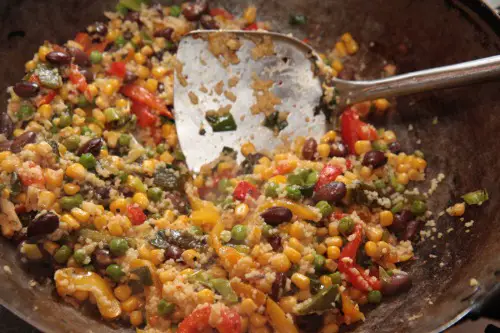
Beans were a lifesaver for pioneers, offering a good source of protein and carbohydrates to fuel the long days of travel, according to Historic Oregon City. They were easy to store, relatively inexpensive, and could be cooked in large quantities over an open fire. Beans were often paired with salted pork or other meats to make hearty stews. The high fiber content also made them a filling option for families who had limited food supplies.
While beans were a nutritious option, they did have their downsides. They could cause discomfort, especially when cooked in large amounts, due to their gaseous effects. Pioneers sometimes added baking soda or other ingredients to reduce the effects. Even so, beans were a reliable and low-maintenance food for those traveling the Oregon Trail, providing both sustenance and warmth.
4. Dried Meat (Jerky)
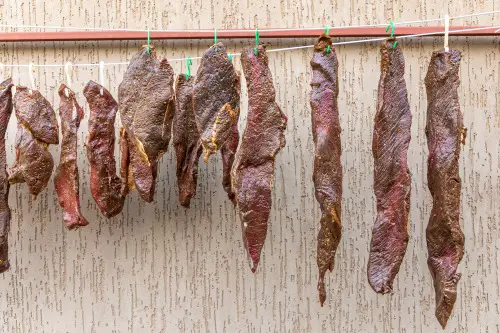
Dried meat, particularly beef jerky, was another essential source of protein on the trail, Taste of Home explains. Jerky was made by cutting thin strips of meat and drying them in the sun or smoking them over a fire. This method preserved the meat, preventing spoilage even in the hot and humid conditions that could be encountered along the journey. Jerky was lightweight and easy to pack, making it an excellent travel companion.
However, jerky wasn’t the most appetizing meal for some. The drying process made the meat tough and chewy, and without much seasoning, it could be quite bland. Despite this, jerky provided a concentrated source of protein that was vital for keeping energy levels high during the exhausting daily travel. It was often consumed in small quantities to balance the other foods the pioneers ate.
5. Flour
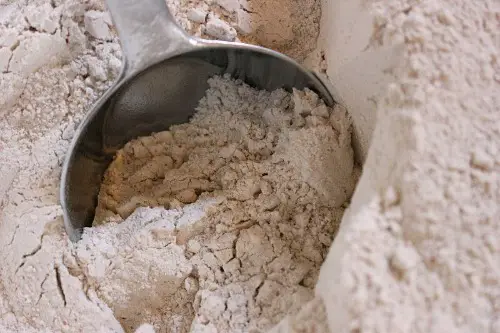
Flour was another essential item on the Oregon Trail, according to Historic Oregon City. It could be used to make a variety of foods, from bread to pancakes to biscuits. Flour, when combined with water and sometimes baking soda, could create a relatively quick meal for families. It was also versatile enough to be used as a thickening agent in stews or soups, stretching meals and making them more filling.
One downside to flour was its tendency to spoil when exposed to moisture, so pioneers had to store it carefully. Since many families carried several sacks of flour, they had to use it up quickly before it became infested with bugs or became moldy. Despite these challenges, flour was an important staple in the pioneer diet because it could be turned into so many different kinds of food.
6. Coffee
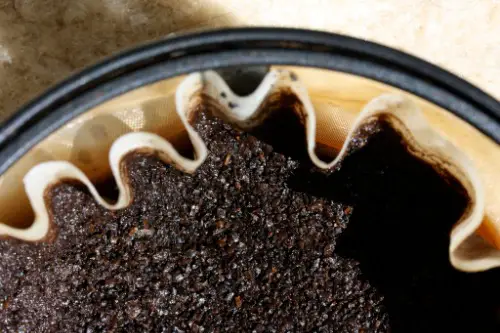
Coffee was a beloved drink for many pioneers, offering a much-needed boost of energy during the long days. While it wasn’t a food per se, coffee was often essential to their daily routines. It was easy to prepare over an open fire and provided a comforting sense of normalcy amidst the hardships of the journey. Coffee beans could be roasted and ground, allowing pioneers to enjoy a hot cup of coffee whenever they needed it.
However, coffee wasn’t always readily available, and pioneers often had to make do with whatever they could find. Some even resorted to brewing coffee from roasted grains or other substitutes when coffee beans ran low. The caffeine helped travelers stay alert and focused, but it could also lead to dehydration, so it had to be consumed in moderation.
7. Rice
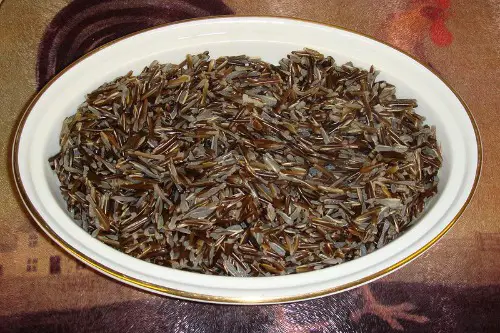
Rice was a common food for pioneers on the Oregon Trail, particularly because it was lightweight, easy to store, and could be cooked quickly. It served as a good source of carbohydrates, and when combined with beans or meat, it made for a filling, nutritious meal. Rice was often carried in bulk, and when the journey was long and arduous, it provided the necessary calories to keep families going.
Despite its ease of cooking, rice had one drawback: it could spoil if not stored properly. As with other grains, rice needed to be kept dry to avoid molding or attracting pests. But overall, rice was an important, if humble, staple that gave pioneers another option for stretching out their food supply and adding variety to their meals.
8. Fresh Vegetables (When Available)
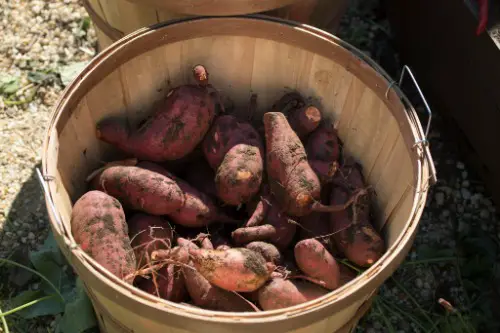
While fresh vegetables were a rare treat on the Oregon Trail, they were an invaluable source of nutrition when pioneers could obtain them. Vegetables like carrots, potatoes, and onions were sometimes grown along the trail or foraged when passing through fertile areas. These fresh foods were rich in vitamins and minerals that helped prevent scurvy and other nutritional deficiencies that could result from a diet too heavy in meat and carbohydrates.
However, the ability to acquire fresh vegetables depended heavily on where a group was located and the season. By the time pioneers reached areas with abundant vegetables, they were often running low on supplies and needed to prioritize their more durable food sources. Despite these challenges, fresh vegetables were a welcome addition to the diet whenever they were available.
9. Cornmeal
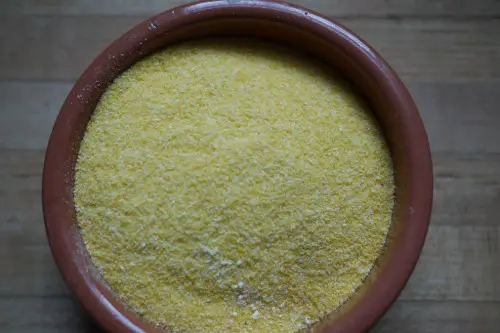
Cornmeal was another valuable grain for the pioneers, providing a great source of energy. It was made from dried corn and could be used in a variety of dishes, including cornbread, mush, or as a thickener for soups and stews. Cornmeal was easy to transport, didn’t spoil easily, and could be cooked over an open flame, making it a great food to carry on the trail.
The downside of cornmeal was that it was not as nutrient-dense as some other food items. It was primarily a carbohydrate source and didn’t provide much in terms of protein or fats. However, when combined with beans or salted pork, it could make for a hearty and filling meal. Cornmeal became an essential part of the pioneer diet, especially when other food options were running low.
10. Fruit (Dried or Canned)
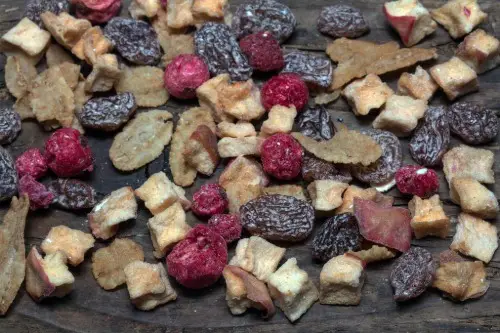
Fresh fruit was a luxury on the Oregon Trail, but dried and canned fruits were sometimes available and offered important vitamins. Pioneers would dry apples, peaches, and berries to preserve them for the journey. Canned fruit, though less common, was sometimes brought along, especially in the later stages of the trail. Dried fruit could be eaten as a snack or used in stews and other dishes to add sweetness and flavor.
However, dried fruit wasn’t a perfect solution. It could be hard to store and sometimes became tough or moldy if exposed to moisture. Still, pioneers valued the occasional sweetness that dried fruit provided, as it helped combat the monotony of their otherwise salty and bland meals.
11. Wild Game
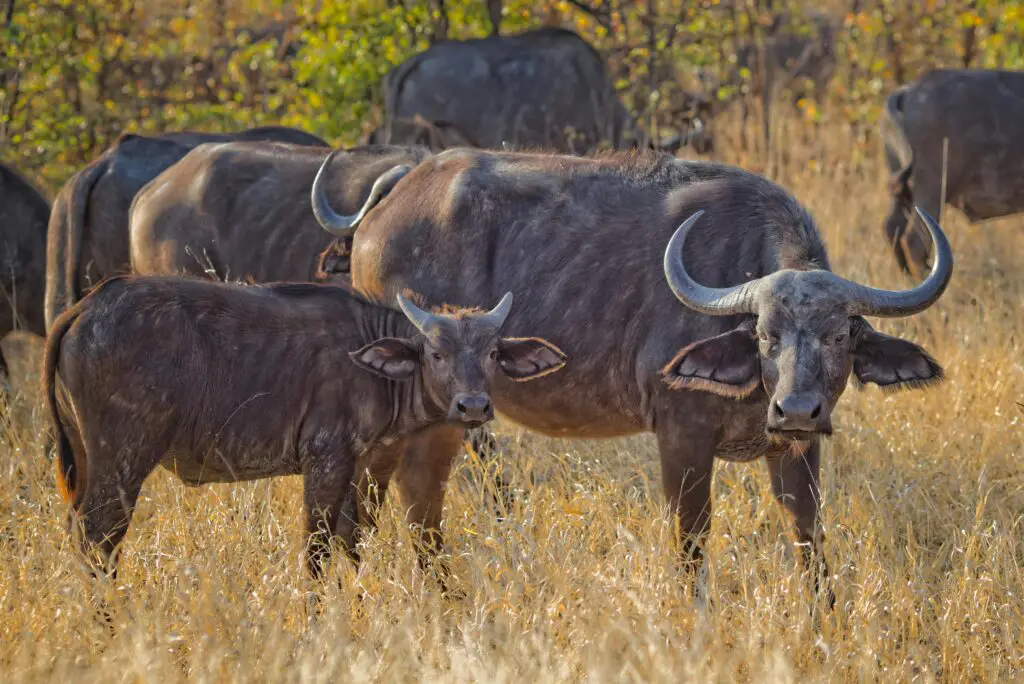
When circumstances allowed, pioneers hunted wild game to supplement their food supply. Deer, buffalo, and smaller animals like rabbits or squirrels were common targets. Hunting provided a fresh source of protein and variety in their diet. Pioneers who were skilled hunters or traveled with someone who had hunting experience often fared better in terms of meat consumption than those who relied solely on preserved foods.
The problem with hunting was that it wasn’t always successful. Game could be scarce, or conditions might not be ideal for hunting. Additionally, meat from wild game didn’t last long unless it was dried or preserved, so it had to be eaten quickly. But when available, wild game was a welcome addition to the diet, providing fresh and filling nutrition.
12. Milk (Powdered or Canned)

Milk was another essential, though not always easily obtained, food for pioneers. Powdered milk was a common choice because it could be stored without refrigeration and rehydrated when needed. Some pioneers brought along canned milk, which also had a long shelf life. Milk was important for providing calcium and other nutrients, and it could be added to coffee or used in cooking.
However, milk wasn’t always easy to come by. Fresh milk from cows could be consumed if the pioneers were traveling with livestock, but it could spoil quickly, especially during the summer months. As a result, powdered and canned milk became the more reliable options for providing a source of dairy on the trail.


